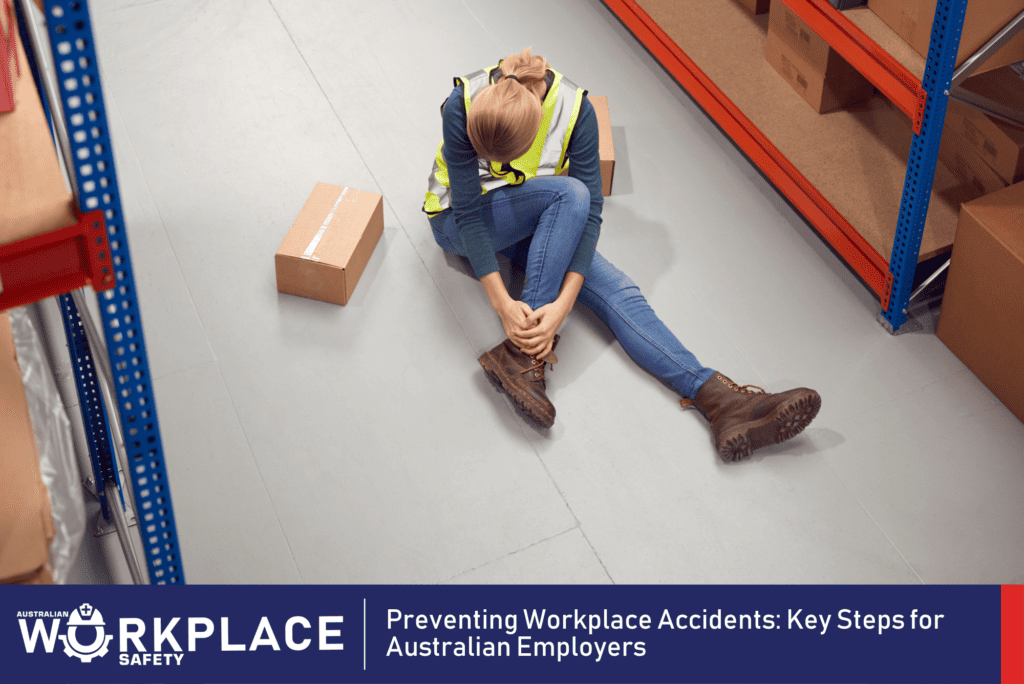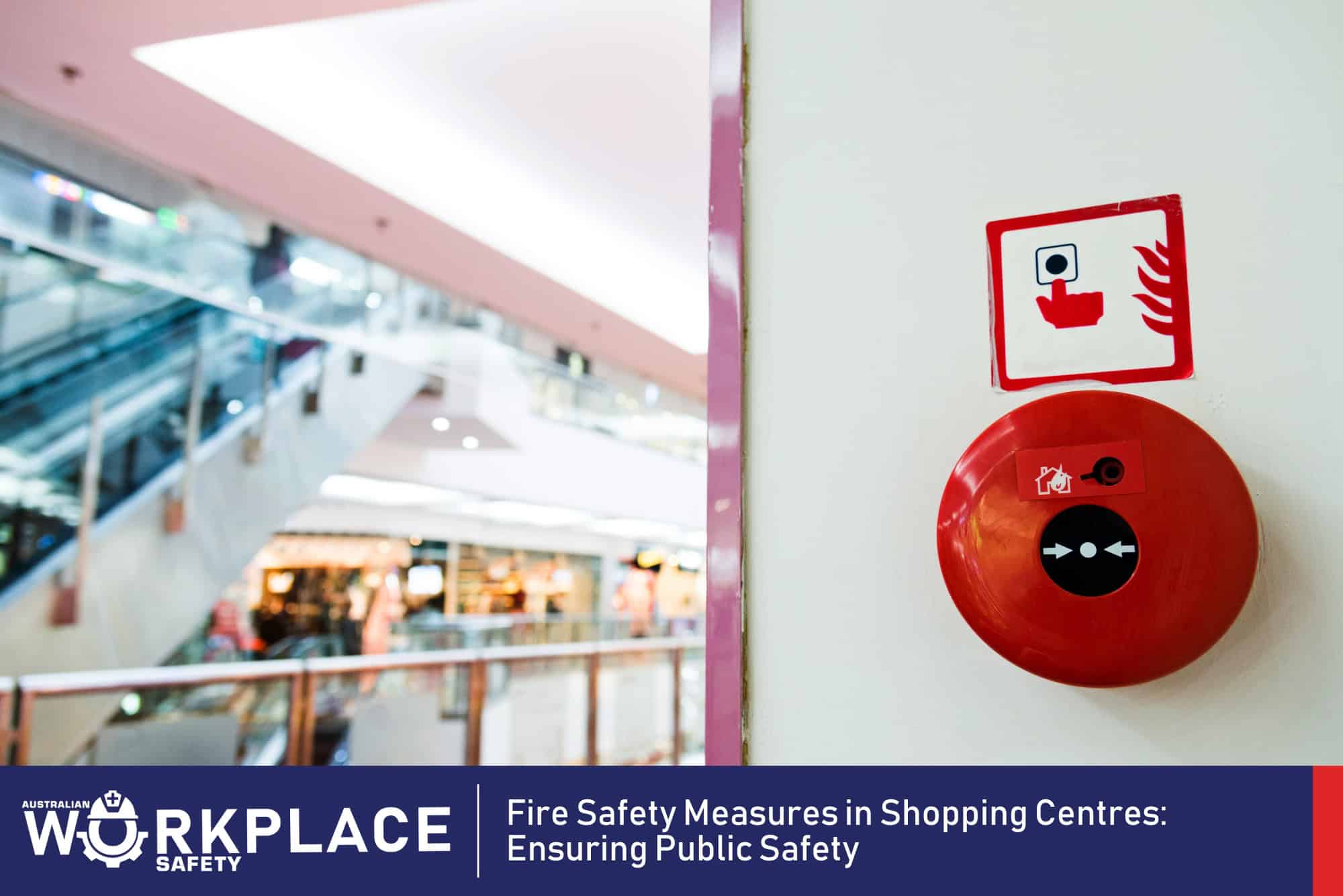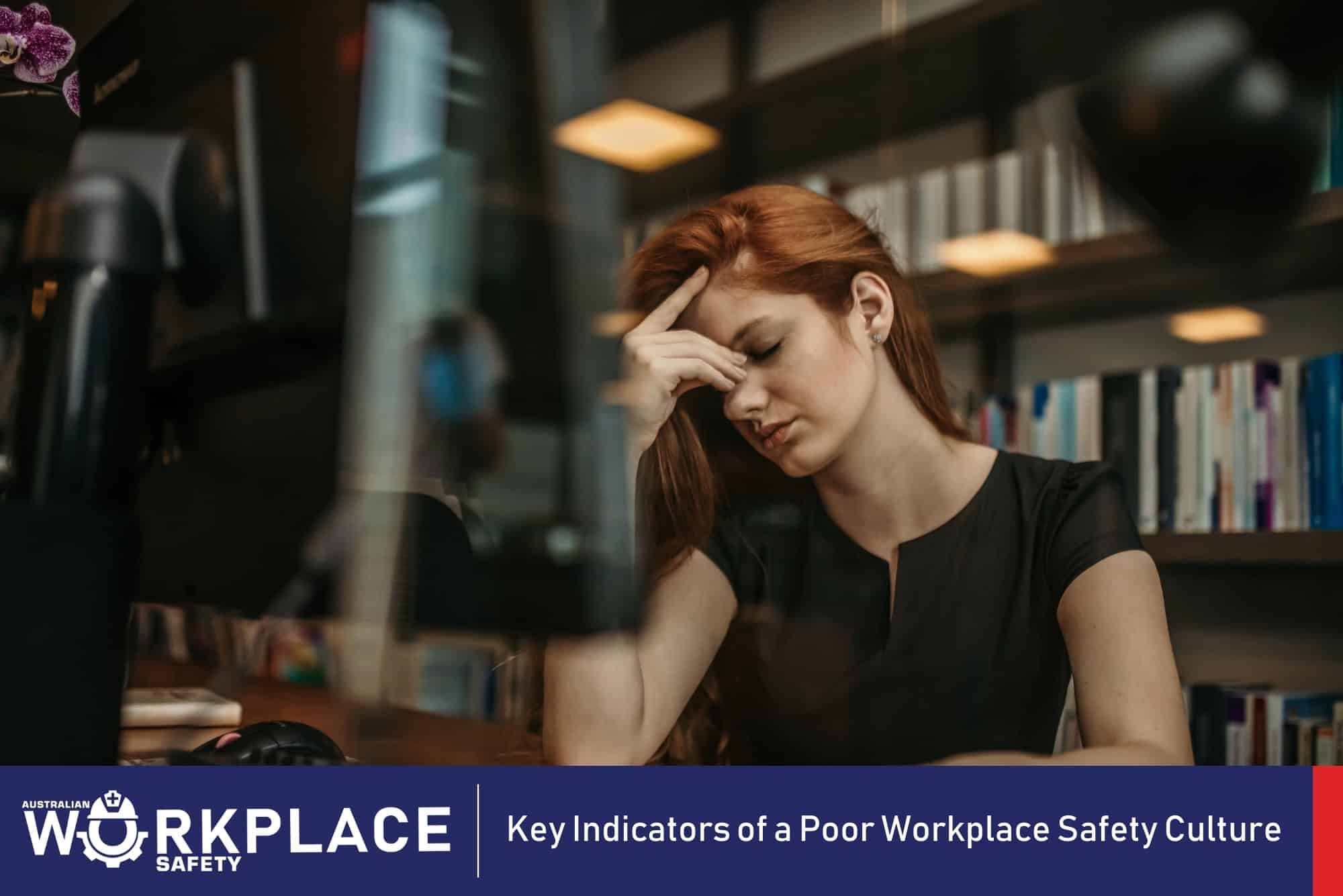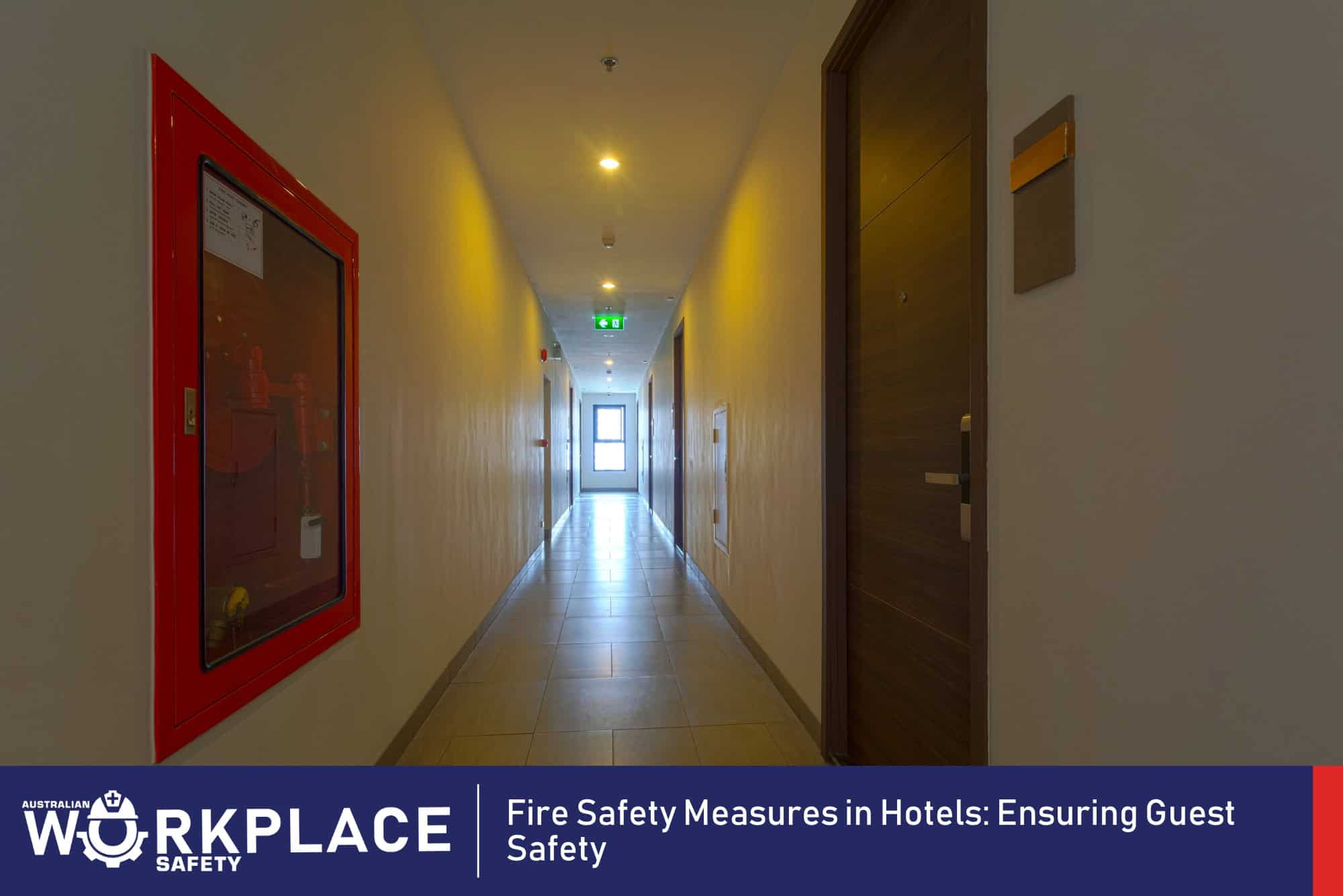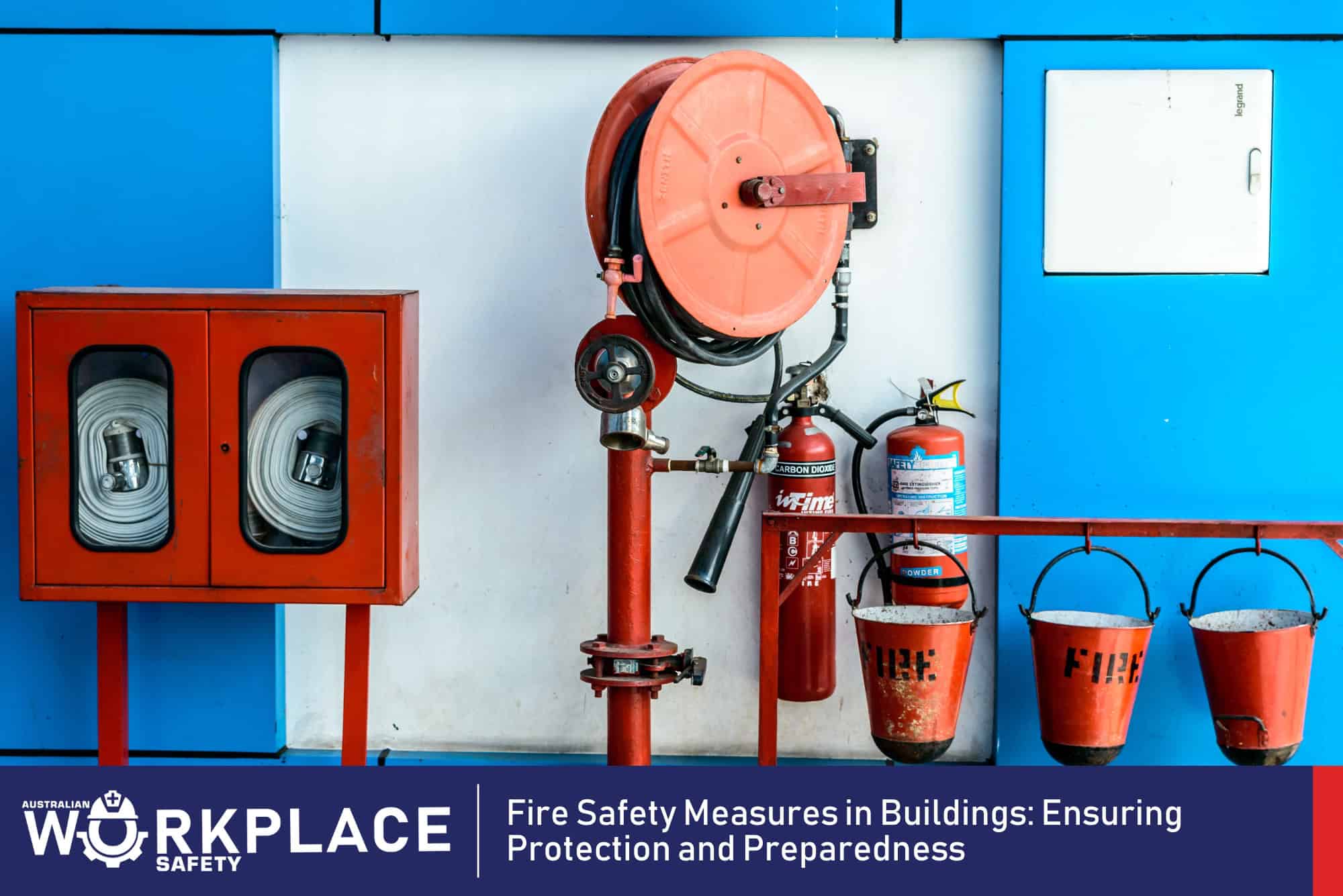Workplace safety is a critical concern for employers across Australia. Creating a safe working environment not only protects the well-being of employees but also ensures compliance with Australian occupational health and safety regulations. In this article, we will delve into key steps that Australian employers should take to prevent workplace accidents and foster a culture of safety.
Prioritising Risk Assessment and Hazard Identification
The foundation of a safe workplace lies in understanding and mitigating potential risks. Australian employers should conduct thorough risk assessments to identify hazards specific to their industry and workplace. Regular inspections and consultation with employees can provide valuable insights into potential dangers. By identifying these risks, employers can implement targeted measures to prevent accidents.
Robust Training and Education Programs
Ensuring that employees are well-trained and educated about workplace safety is paramount. Australian employers must offer comprehensive training programs that cover not only general safety practices but also specific protocols relevant to their industry. Regular workshops, seminars, and refresher courses can keep safety knowledge up-to-date and reinforce safe behaviours.
Implementing Adequate Safety Policies and Procedures
Clear and concise safety policies and procedures are essential tools for preventing accidents. These documents should be tailored to the specific needs of the workplace and comply with Australian safety standards. Policies should cover areas such as emergency procedures, proper use of equipment, and reporting protocols for hazards or incidents.
Providing Personal Protective Equipment (PPE)
Personal Protective Equipment (PPE) plays a crucial role in safeguarding employees from workplace hazards. Employers in Australia are obligated to provide appropriate PPE and ensure that employees are trained in its correct usage. Regular checks on the condition of PPE and replacing worn-out equipment are vital to maintaining its effectiveness.
Promoting Open Communication
Creating a culture of safety requires open communication channels between employers, supervisors, and employees. Workers should feel comfortable reporting potential hazards or near misses without fear of reprisal. Regular safety meetings and discussions can facilitate the exchange of ideas and encourage everyone to contribute to maintaining a safe workplace.
Enforcing Compliance and Accountability
Safety measures are only effective if they are consistently followed. Australian employers must enforce safety policies and hold all employees accountable for adhering to them. Implementing a system of rewards for safe behaviours and consequences for non-compliance can further reinforce a commitment to safety.
Regular Maintenance of Equipment and Infrastructure
Malfunctioning equipment or deteriorating infrastructure can significantly increase the risk of accidents. Australian employers should establish a rigorous maintenance schedule using appropriate lockout/tagout protocols to ensure that all machinery and facilities are in proper working condition. Timely repairs and replacements can prevent potential accidents caused by faulty equipment.
Monitoring and Reviewing Safety Performance
Workplace safety is an ongoing process that requires continuous monitoring and improvement. Employers should regularly review safety performance, analyse incident reports, and identify trends or areas of concern. This information can guide adjustments to safety protocols and the implementation of additional measures where necessary.
Staying Updated with Regulations
Australian workplace safety regulations are subject to change, and employers must stay informed about any updates or amendments. Regularly checking official government sources and industry publications can help employers remain compliant with the latest safety requirements.
Leading by Example
Effective leadership is a cornerstone of a safe workplace culture. Employers and supervisors should lead by example, demonstrating their commitment to safety through their actions. When employees see their leaders prioritising safety, they are more likely to embrace and practice safe behaviours themselves.
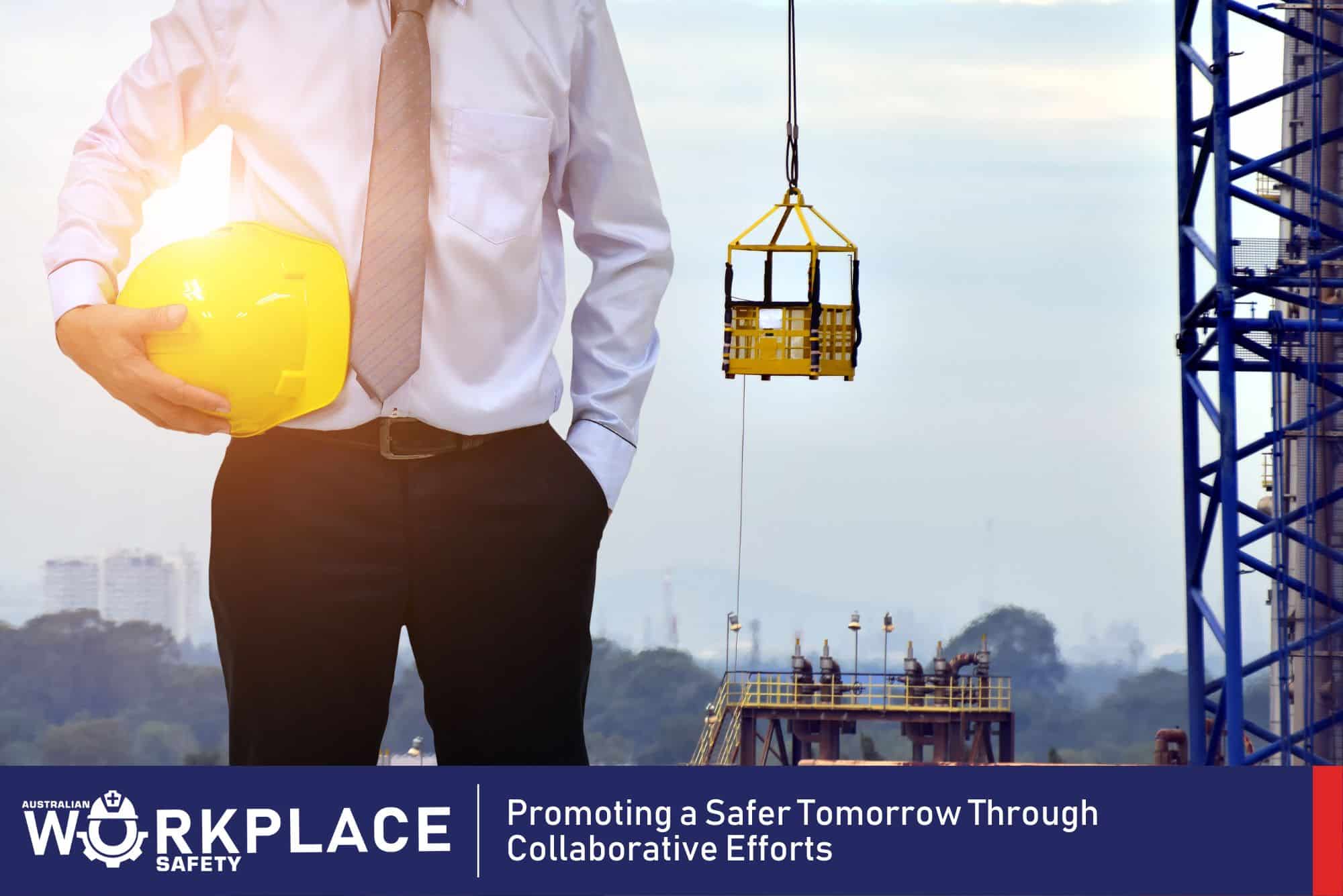
Promoting a Safer Tomorrow Through Collaborative Efforts
Preventing workplace accidents is a shared responsibility that requires the dedication and cooperation of all stakeholders. Australian employers play a pivotal role in creating a safe working environment by prioritising risk assessment, providing comprehensive training, implementing effective policies, and fostering a culture of safety through open communication and accountability. By taking these key steps, employers can not only prevent accidents but also create a work environment that values the well-being of every employee.
